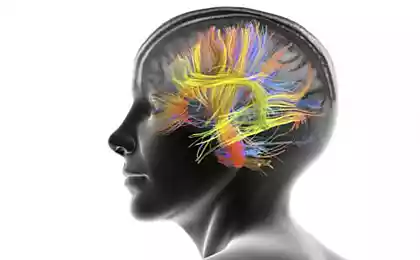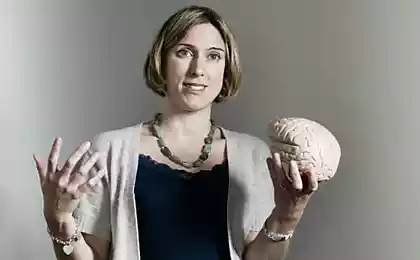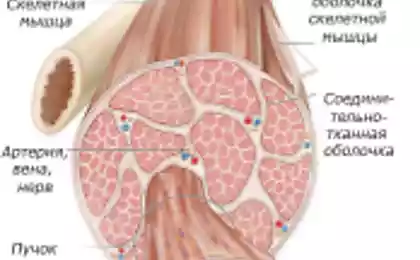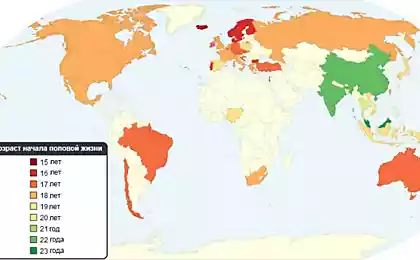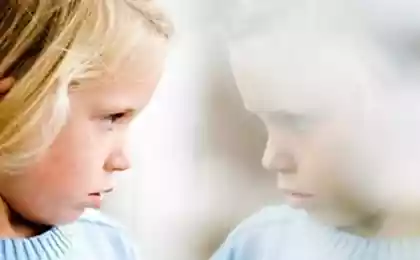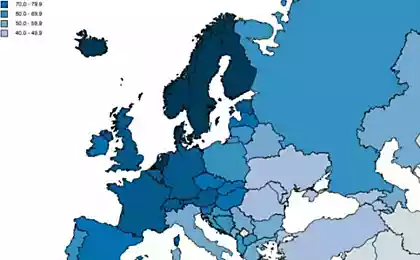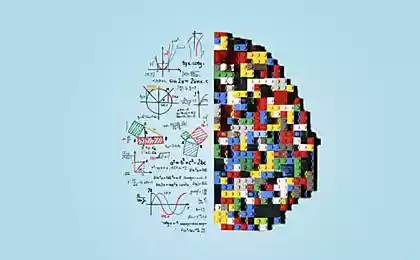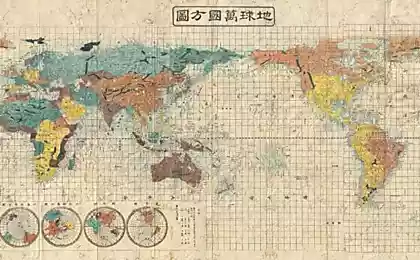1079
The first detailed map of the gene of the human brain: 94 percent of the similarities in people.
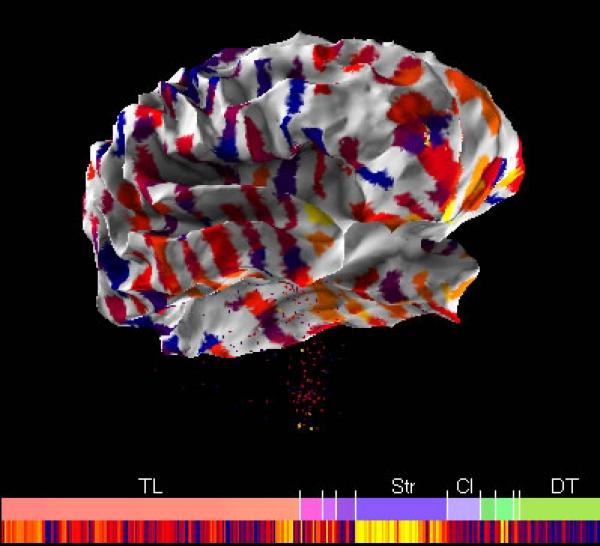
In developing "atlas of the brain", now thoroughly described and compared brain biochemistry of two normal adults, which provides an opportunity for scientists to study the brain with new detail and accuracy. The data show a striking similarity between the human brain - 94 percent. In addition, analysis of the brain of two people, shows that at least 82 percent of all human genes are shown in mozge.Eto help promote research into neurological diseases and other disorders of the brain.
"Until now, the map of the human brain, at this level of detail, simply did not exist," said Allan Jones, Ph.D., executive director of the Institute for Brain Allen. Atlas of the Human Brain gives allows for the first time to look so deeply into our most complex and most important organ. & Quot; Understanding how our genes are used in our brains will help scientists and the medical community better understand and discover new treatments for the full spectrum of brain diseases, mental illness and addiction, to Alzheimer's and Parkinson, multiple sclerosis, autism and more. & quot;
As a powerful, feature-rich navigation system GPS, «brain atlas Allen" defines the anatomically 1000 areas in the human brain than relying on more than 100 million. Data points that indicate the particular gene expression and the basic biochemistry of each area. Scientists can use the "Atlas of the Human Brain" for the study of the human brain and identify how disease and trauma, including physical brain injuries and mental disorders, affect specific areas of the brain.
Atlas of the Human Brain yavlyaetya free and available to researchers, physicians, and educational institutions as a public resource on the Internet address www.brain-map. org .
Previously, as its first initiative, the Institute has created a map of the brain of adult mice in 2006, which was also available to scientists. In general, the development of the Institute led to a number of significant achievements in studies around the world, including more than 500 peer-reviewed publication of works with reference to the Mouse Brain Atlas to support research findings.
One key aspect of the atlas, which makes it a powerful research tool is that it is fully integrates several different types of data at different scales brain. The data in the atlas include magnetic resonance imaging (MRI), histology, gene expression data etc
Members atlas of the human brain primarily neurologists worldwide. Already about 4,000 unique visitors enjoyed the new atlas of every month.
It is expected that the Atlas will be used in small and large-scale studies of diseases and disorders such as obesity, Parkinson's disease, autism, schizophrenia, Alzheimer's disease and multiple sclerosis - and also studying how the healthy brain.





